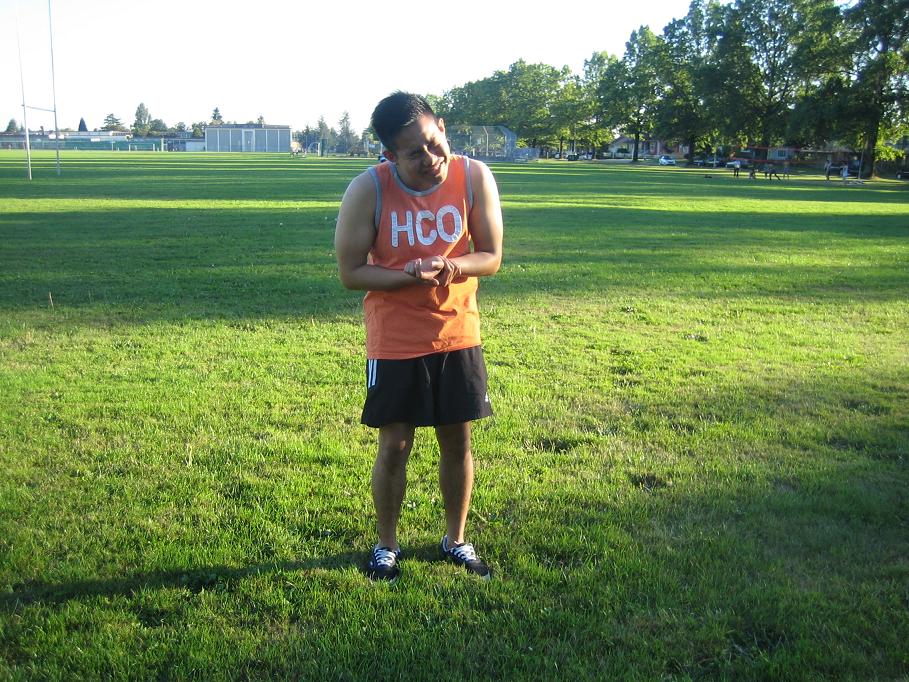A bite of a brown recluse spider can cause serious harm to humans. The bite causes the skin and some underlying tissues to die and develop a necrotic wound which contains dead tissues. In most cases, it can take weeks to heal and leaves scarring on the skin and increases the risk of death among smaller children.
The brown recluse spider is an inch long spider with eight long legs and a violin-shaped marking in the back. Due to its marking, it is also given an alternative name such as “violin” or “fiddle-back” spider. The spider hides and waits for prey in dark and secluded environments especially around homes and yards. These spiders bite when threatened and they can also deliver a bite when they are pressed against the skin.
Children who are playing outdoors are more susceptible than adults to be bitten by a brown recluse spider and children are more at risk for death.
A bite of a brown recluse spider is very slight and the affected child cannot notice it. Later on, there is stinging sensation and severe pain. Eventually the bitten area will develop small white blisters to a raised and ulcerated sore that is hard when touched. The sore is dry with a bluish center and surrounded by a white ring with irregular red edges and becomes enlarged between 1-6 inches in diameter. Tissues that are dead will eventually shed off from the lesion and underlying tissue can be seen.
Treatment and home remedies for a brown recluse spider bite

- Immediately after the bite, clean the affected area using mild soap and cool water and apply an antibacterial spray.
- Apply an ice pack on the affected area in order to help minimize the swelling and pain.
- Elevate the area above the level of the heart
- Avoid performing any strenuous activities in order to avoid the spread of the venom.
- Take a prescribed pain medication such as acetaminophen since it helps lessen the pain and swelling.
- Avoid applying heat on the affected area in order to prevent damage to the tissues.
- Do not use steroid creams such as hydrocortisone on the areas.
- Avoid removing the venom of the spider using suction devices or cutting off the affected tissues.
Tips and prevention
- Eliminate spider habitats by performing regular comprehensive cleaning of the house.
- Minimize clutter in attics, garage and basements.
- If possible, install sodium vapor or yellow light bulbs close to the entrances since these lights are less attractive by insects and minimizes spiders in the area.
- Take out all building materials, firewood and debris from the foundation of the house.
- Clean behind the outside shutters of the house.
- If possible, install secure window screens as well as door sweeps.
- It is also recommended to consult a professional pest control services.
FACT CHECK
https://www.healthline.com/health/brown-recluse-spider
https://www.webmd.com/skin-problems-and-treatments/picture-of-brown-recluse-spider-bites
https://www.emedicinehealth.com/spider_bite_brown_recluse_spider_bite/article_em.htm
